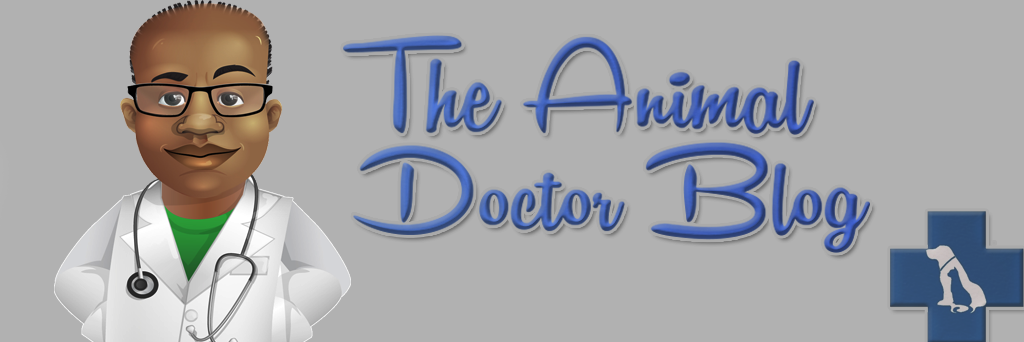The day that you are having surgery on your pet can be nerve wracking. It could be for teeth cleaning, spaying or neutering, or there could be a large mass that needs to be removed. So what goes on after your pet is taken to the back for surgery? What are common procedures for surgical preparation? This article will help you get a better understanding of what goes on for your pet’s surgery.
Preoperative physical exam
This is important to help determine if your pet is healthy enough to have the surgery. Listening to the heart for any abnormalities such as a heart murmur, and lungs for any respiratory issues. Also, there are illnesses such as diarrhea or an upper respiratory infection that may be obvious and make it necessary to cancel the surgical procedure on your pet
Pre-operative lab work before surgery on your pet
Blood work is important to help determine how well your pet’s organs are functioning. The organs are important in metabolizing the anesthesia which allows for quicker recovery. If there are any abnormalities noted in bloodwork, this could increase your pet’s risk under anesthesia. Lab work can is done before scheduling surgery on your pet or the day of.
Premedication
This is where your pet is given an injection to help relax them before surgery. It can often consists of a pain medication, often an opioid and a tranquilizer. This allows your pet to be more manageable when procedures such as placing an IV catheter and prepping the surgical site is done.
Actual Surgery on your Pet
This will vary based on the surgical procedure your pet is scheduled for. Though the surgery is important, the most integral part of the procedure is monitoring your pet. It is important that heart rate, respiratory rate, and temperature is monitored through the procedure. They often attach temperature probes, EKG, and respiratory monitors to your pet. Also there is a staff member often responsible for closely monitoring and logging these parameters. Even a healthy pet can experience changes in these parameters that would require change with the anesthesia.
Recovery
This is the most crucial part for your pet’s surgery. If your pet will have an issue with anesthesia, this is the most common time that it happens. During this time your pets vitals are monitored frequently until they are sitting up in the cage. Temperature and heart rate are used to gauge how well they are recovering. If applicable to the surgical procedures, incisions are monitored for any bleeding or swelling.
Healing process
This part is up to you as the pet owner. How your veterinarian contributes would be by providing the appropriate pain medication and other medications to make your pet comfortable while they are healing. It is important that when applicable that you restrict your pet’s activity to prevent problems with the surgical site. Sometimes your pet may need to wear a cone to prevent licking at the area. Having the pet rechecked at the requested time is important as well to monitoring healing.
In conclusion
Having surgery on your pet can be a scary experience for many pet owners. But it can lessen your anxiety if you find a veterinarian you trust. Ask them if they have those procedures for pre and post surgery. You may also want to ask about the experience of the staff who will be responsible for monitoring your pet after their surgical procedure. Make sure you get discharge instructions and ask for any clarification for anything you don’t understand. This makes for a much happier pet and you as an owner when you have surgery on your pet.


